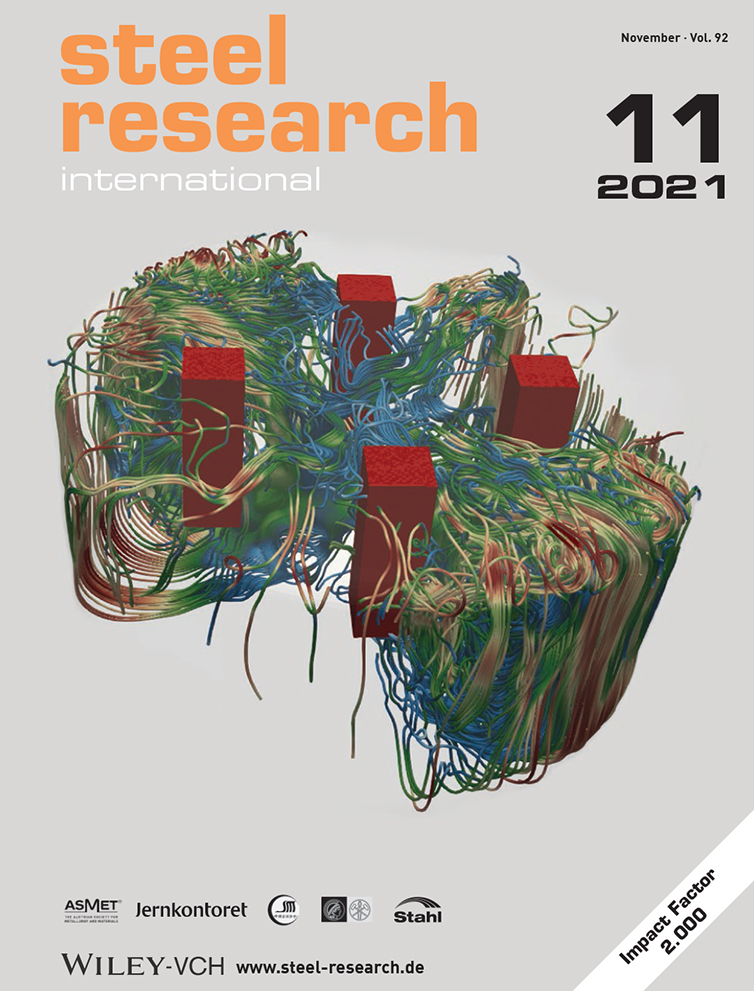Experimental Study on Rare Earth and Magnesium Composite Treatment of 49MnVS3 Non-quenched and Tempered Steel
Abstract
Nowadays, under the context of severe resource shortage, it is urgent to develop non-quenched and tempered steel. Herein, a new method of combining rare-earth cerium (Ce) and magnesium (Mg) to treat the 49MnVS3 steel with low oxygen and rather high sulfur is proposed. The inclusions modification, microstructure evolution, and mechanical properties change of 49MnVS3 steel with different Ce and Mg content composite treatment are investigated by optical microscope (OM), scanning electron microscope (SEM)–energy-dispersive spectrometer (EDS), electron probe microanalyzer (EPMA), and tensile and impact tests. The results indicate that the small spherical Ce–Mn–Mg–O–S composite inclusions replace the Al2O3 wrapped MnS composite inclusions and elongated MnS inclusions after Ce and Mg joint treatment. After Ce and Mg composite treatment, the proportion of ferrite is significantly improved. Meanwhile, the interlamellar spacing of pearlite is refined. Attributed to modified inclusions and optimized microstructure, the strength and impact toughness are gradually enhanced. In contrast to Ce–Mg free steel, the impact energy of 4# steel with 0.0122 wt% Ce and 0.0012 wt% Mg addition is increased by 33%. In the current study, the optimal mass fractions of Ce and Mg are 0.0122 and 0.0012 wt%, respectively.
Conflict of Interest
The authors declare no conflict of interest.
Open Research
Research data are not shared.




